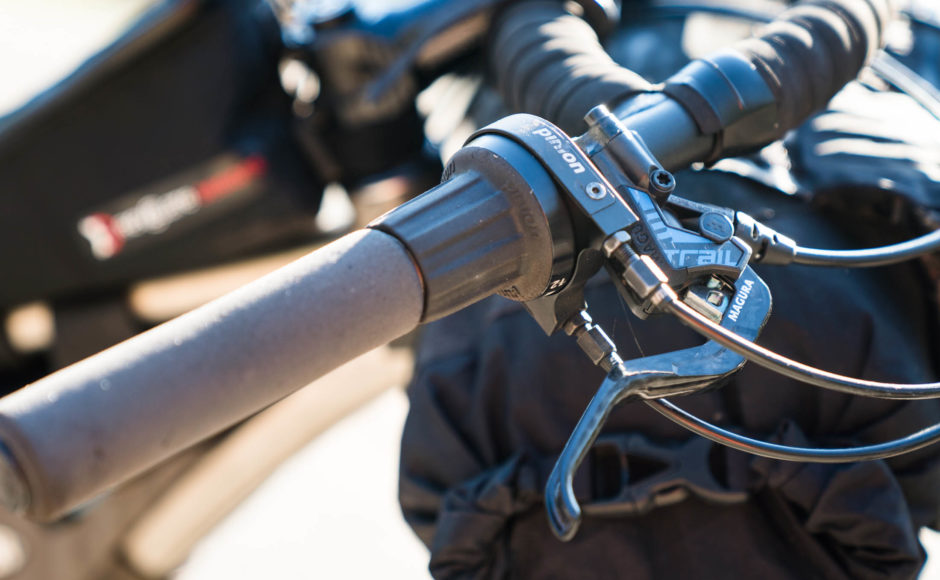Pinion wire is a wire that contains teeth, making it resemble gears. It’s usually made using a cold drawn steel process, which involves drawing (hence the name of the process) the metal through a series of smaller and smaller dies until it’s reached the desired diameter.
The last set of dies contains the impressions needed to form the teeth on the wire. Although pinion wire can be made in several other ways, the cold drawn steel process offers a number of advantages, such as the seven detailed here.
Stronger Metal
Cold drawn steel is a very strong substance. Overall, steel is stronger than other forms of metal, as it’s an alloy, or combination of two or more different types of metal, usually iron and several others. When these types of metal are melted down to make steel, the final product takes on the best qualities of everyone used, resulting in a very spool or straight rod of pinion wire.
In addition to this, cold drawn steel is stronger in general because it’s shaped when it’s cooled down, rather than hot. When hot metal is formed, it ends up being weaker, because the properties of it have changed.
Molded in Gear “Teeth”
When comparing pinion wire to standard gears, it’s important to note that the pinion wire is stronger overall because of the molded gear teeth. When regular gears are made, the metal ends up being notched during the finishing process.
This results in teeth that do the job but are overall weaker than the pinion variety. Pinion ones are stronger because they are molded into place, giving them a better base and additional support. It’s much harder to break the “teeth” on a pinion wire than it is on gears.
More Cost Effective
Pricing is important in the manufacturing world since the costs of all of those raw materials tend to add up quickly. Overall, pinion wire made from cold drawn steel is much more cost-effective than the type made using any other method.
This is due to the fact that a large amount of the wire can be made once, simply by drawing the metal through the dies, which narrows it considerably. In the end, this is cheaper to make. Plus, you receive a large amount of pinion wire, all of which can be cut down to make individual gears. Getting more for your money is another thing that makes pinion wire more cost-effective.
Better Surface Finish
Although pinion wire generally ends up being used on the inside of machines (so it doesn’t really matter what it ends up looking like) the cold drawn steel process results in metal with a better surface finish.
If you compare cold drawn steel – the finished product – to hot rolled steel, you’ll notice some large differences. Overall, the cold drawn steel has a shinier and more complete looking finish than its counterparts. This helps produce wire that not only looks nice but it extremely functional.
More Control over the Width
How wide do you need your pinion wire to be? This is something that you can change thanks to the cold drawn steel process. While you can also have it made to your exact specs (which we cover next), the process allows you to alter its overall width.
If it needs to be thinner, then it can just be sent through another die – a smaller one. Although you really can’t make it thicker, not without remolding it entirely, this does give you some additional control over the final result.
Can Be Made to Exact Specifications
If you need your pinion wire to be made to very certain specifications, then you want it to be made from cold drawn steel. The process allows you to choose exactly how thick you want it to be, how long you need it to be, and how many teeth or notches it contains.
This means that you don’t have to worry about not being able to find the perfect pinion wire for your needs – you can just order it to fit your specs and go from there. The customization is very useful.
Available Straight or in Coils
Thanks to ways in which cold drawn steel is processed, pinion wire made using this method is available in both straight rods and coils. It all comes down to how much of it you need, as well as its overall width. In general, thinner pinion wire is sold in the coil, while the thicker kind is available as straight rods.
This is a good thing for the people who use it, as they can purchase the exact length that they need. Without the cold drawn steel method, this wouldn’t be possible, so, in a way, it does make the pinion wire better.


